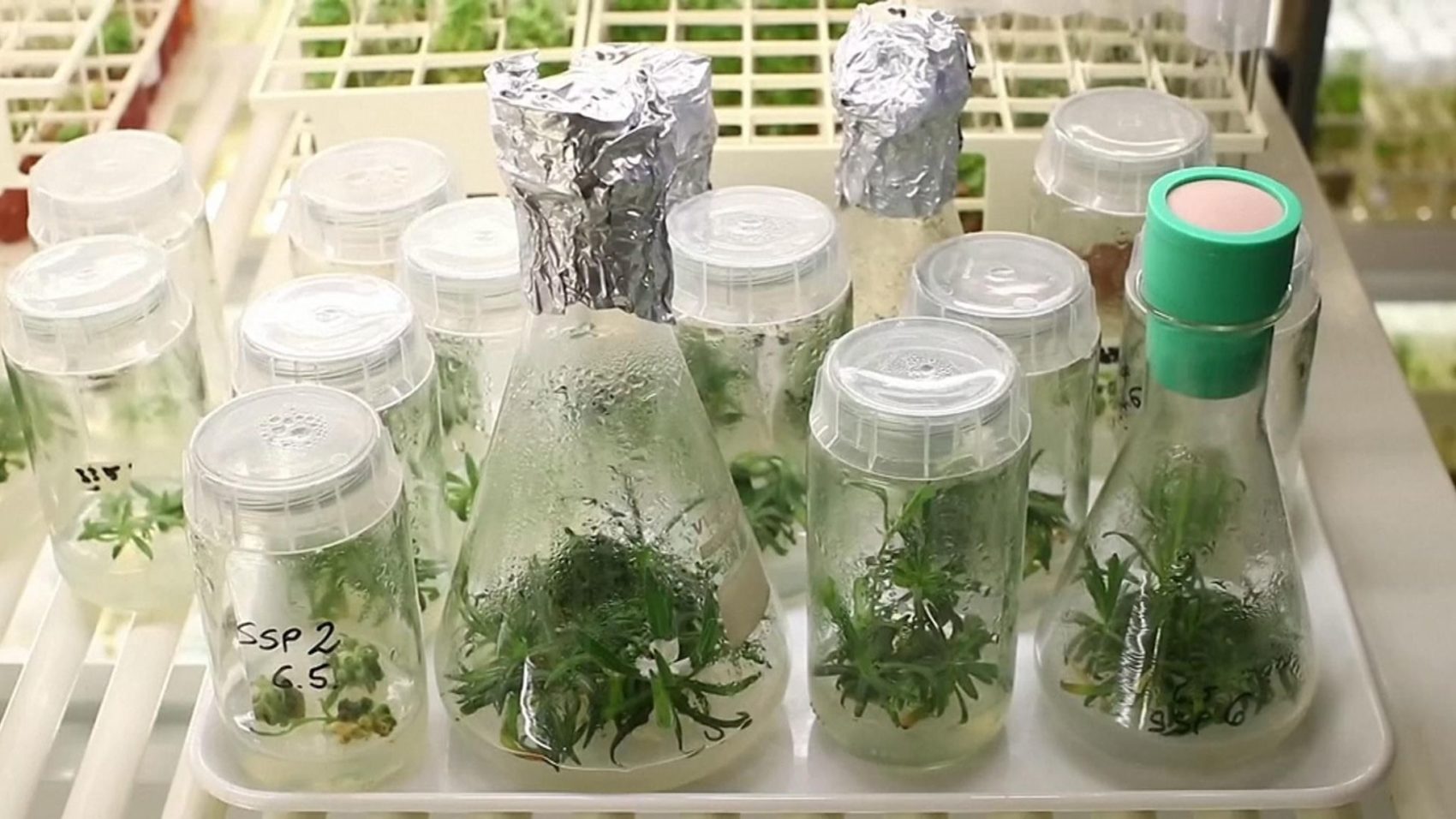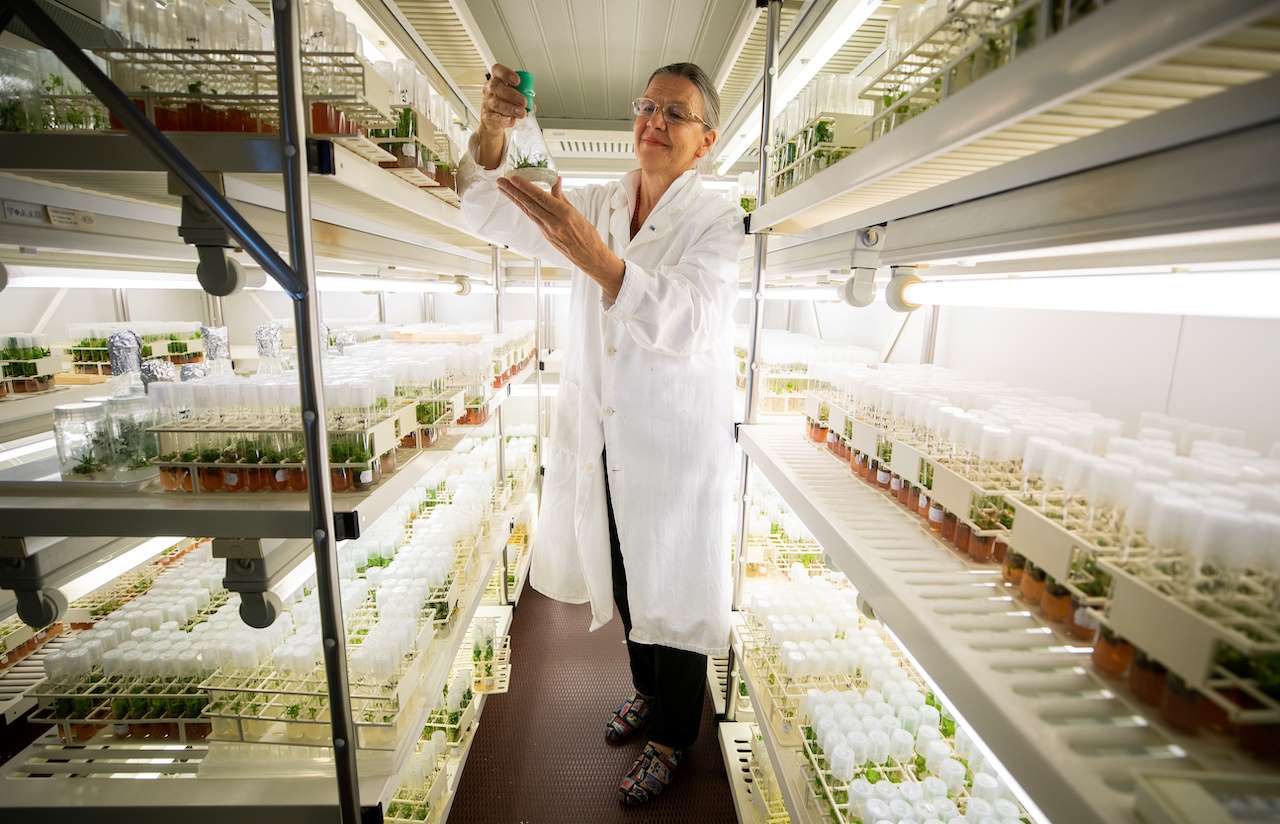32.000 years after their burial on the Siberian tundra, immature fruits have been cultivated into small, weedy plants — the oldest successful regeneration of a living plant from ancient tissue. This was 8 years ago and is now being researched into how it brought back through all these millennia.
The fruits were excavated in northeastern Siberia from fossil squirrel burrows buried at a depth of 124 feet in undisturbed and never thawed Late Pleistocene permafrost sediments. Accelerator mass spectrometry (AMS) radiocarbon dating showed the fruits to be 31,800 ± 300 years old.

Silene Stenophylla is a species of flowering plant in the family Caryophyllaceae. They are commonly called narrow-leafed campion and they are extremely similar to their modern-day descendants, although 32,000 years of evolution have given contemporary campions wider, less splayed-out petals. They grow in the Arctic tundra of far eastern Siberia and the mountains of Northern Japan.
But now Austrian scientists are trying to map the plant’s genome to figure out why the seeds were able to stay alive for that long. Now that the permafrost soils in Russia are defrosting, scientists are finding testimonies of these ancient times which we didn’t even expect to find.

The researchers want to see if there are changes in plant genes that can adapt to very dry, hot, or cold conditions, which could be useful in helping to deal with climate change. That knowledge could then be used for creating a new and improved hardier plant species.
“I think mankind needs to be thankful for every piece of knowledge that we are able to create to protect our croplands.”
– Professor Margit Laimer, Plant biotechnologist.




